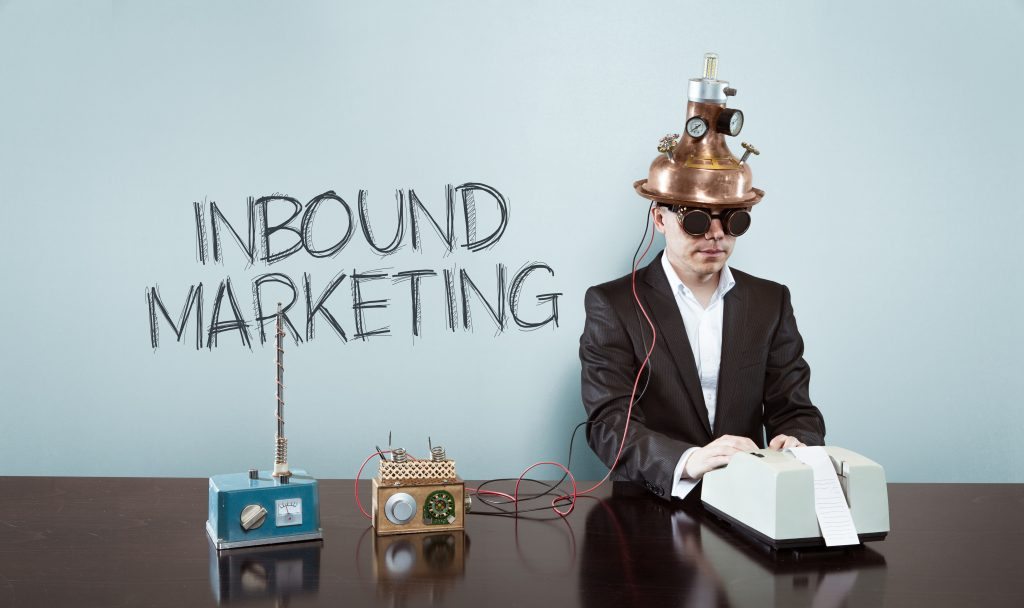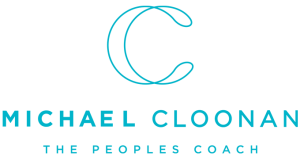Inbound marketing can be a slightly tricky concept if it’s a term that’s brand new to you. Certainly, when it comes to marketing channels, there can be some grey areas on what we count as inbound vs outbound marketing. One of the most common interpretations is that inbound marketing is about providing useful content, function, and services when a potential customer needs them, as opposed to the more disruptive approach of outbound marketing.
Using content marketing
Content marketing as a whole is widely considered to be an inbound marketing approach so chances are, you might already be doing some type of inbound marketing without even realising. It is a very effective way to engage with interested potential customers and continue to inspire trust and loyalty from existing customers. Content marketing is all about taking the time as a business or brand to produce content which is useful to and servers a purpose for your audience. It’s produced to enrich the lives of your audience or help solve some of their problems and / or challenges. It’s not about direct selling.
Creating and regularly contributing to a business blog is a superb example of inbound marketing. Producing regular content which attracts an audience because it’s relevant, useful or perhaps entertaining to them can engage with prospects and nurture your leads through each stage of the buyer journey. By providing useful information, you’re creating a relationship between your brand and your audience which isn’t based solely on trying to sell to them.
A blog is a very straight forward inbound marketing initiative, but the same general rules apply to rich media including infographics and video content. The key to success is to ensure the content is useful and serves a purpose.
Going beyond content
Inbound marketing isn’t just about content though, it’s also about how your business reacts to interest and engagement from your audience. This could be as a simple as ensuring you have a strong inbound sales process or system to nurture leads.
Do you have a friendly and knowledgeable voice at the end of the phone when a potential customer calls?
Do you have a slick process set up to react timely to enquiries?
Providing a positive experience which delights and perhaps even surprises your audience is key to winning trust, maintaining loyalty and inspiring new sales.
The chances are you work hard to help your brand stand out with your outbound marketing activity. But, no matter how much time and money you spend, if that inbound experience for your audience doesn’t live up to expectations then you’re going to have trouble both converting new customers and holding on to the loyalty and respect of your existing customers.
Putting it into practise
If you want to scale your business, it’s not as simple as upping your advertising budget or focusing solely on inbound. The ROI from inbound can be slower to materialise so focusing on inbound alone won’t help you scale quickly, but couple inbound with other tactics such as advertising, PR or events, and you will see a difference.
- Put time and effort into a solid content creation strategy which goes beyond selling tactics.
- Take time to perfect the customer experience for anyone who interacts with your business.
- Develop a lead nurturing process.
- Listen to your customer needs and pain points – social media is an excellent platform for this and tailor your marketing to address those needs and challenges.
- Aim to provide value for your potential customers in everything you do.
- Give existing customers reasons to advocate for you.
- Have a broad mix of activity in place including content, social media, SEO, PR and advertising.

